Behringer GMX212 Input Board
So…another Facebook marketplace find. This time its a Behringer GMX212 guitar amplifier. Advertised with a knackered input board. Research suggests that these things break when left with a phono cable plugged in and knocked over. The phono cable acts like a big lever and breaks the phono plug (plastic) away from the cabinet mount. They’re generally good amps for a beginner and again, at a price that wouldn’t get you a 12″ pizza it was worth a punt.
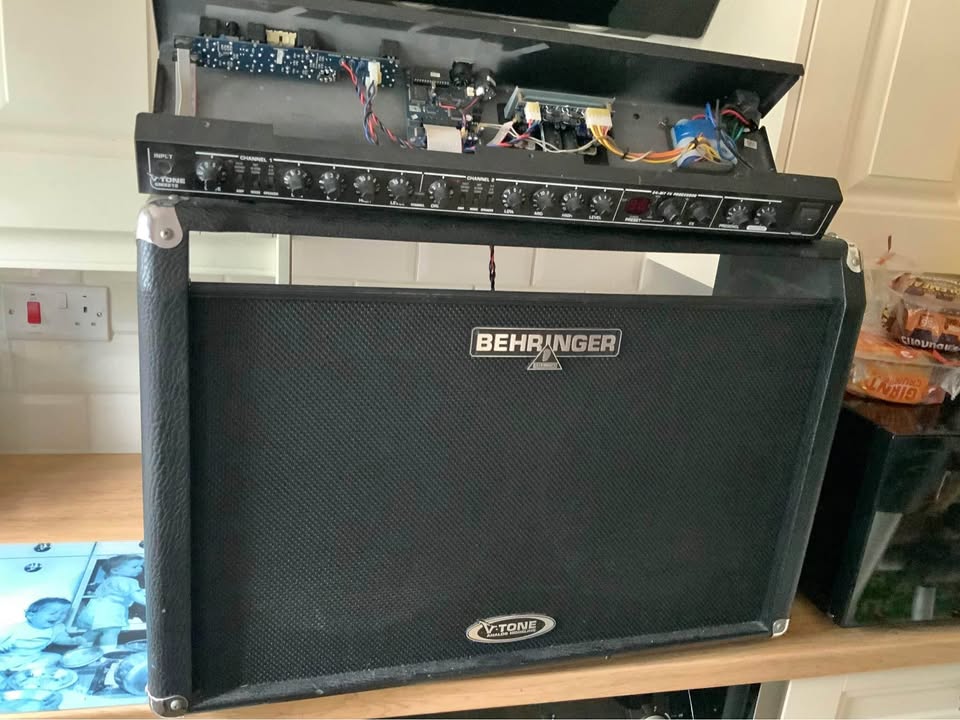

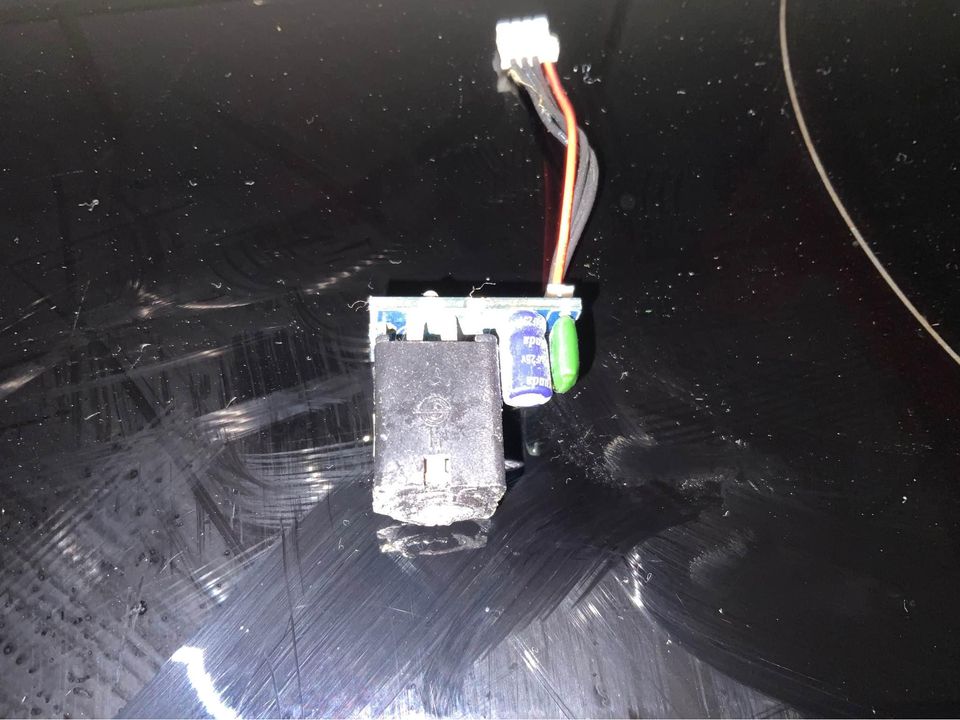
Replacing the input jack would’ve been easy, but another set of fingers with a soldering iron had already attempted it and made a mess. So the adventure started…
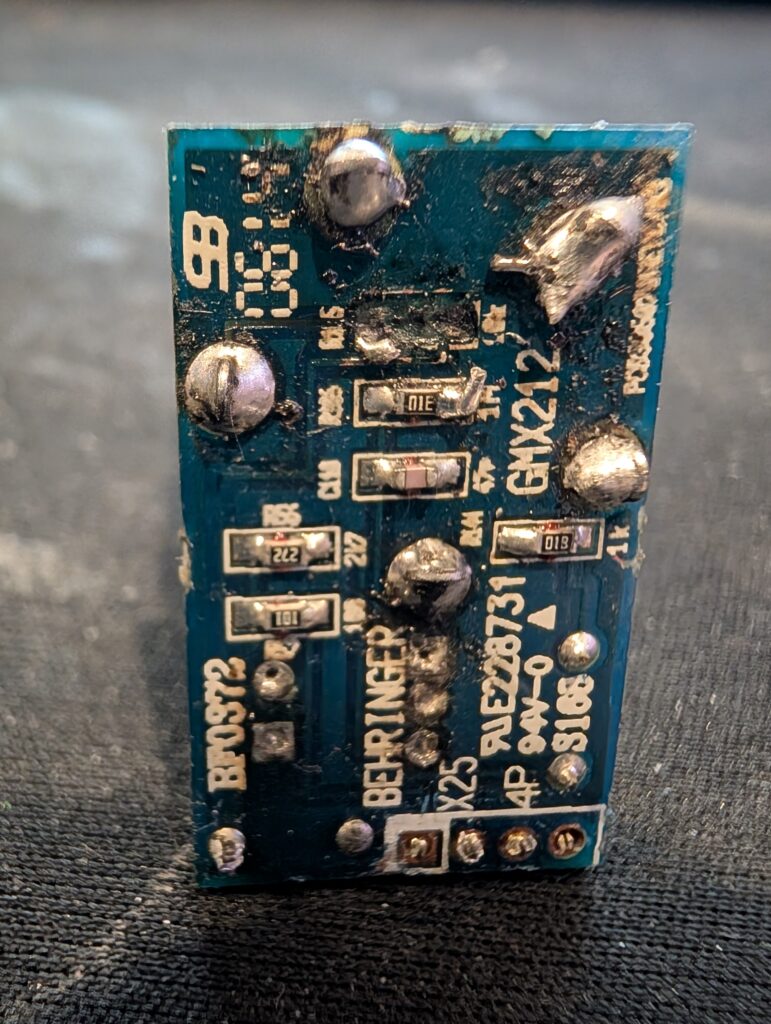
This input board above was showing that Resistor 105 was melted / removed / burnt and therefore the board had no hope of working. I therefore went on the hunt for a schematic and after a while located a PDF with the entire schematic in it:
Along with the connection / control diagram for the GMX series of amp heads:
Having worked out that a new input board was probably in order, I built a board and used a left over 6.35mm jack plug from my previous Behringer BV412 Cabinet Build. No point in getting a new board made in China if the whole amp was knackered.

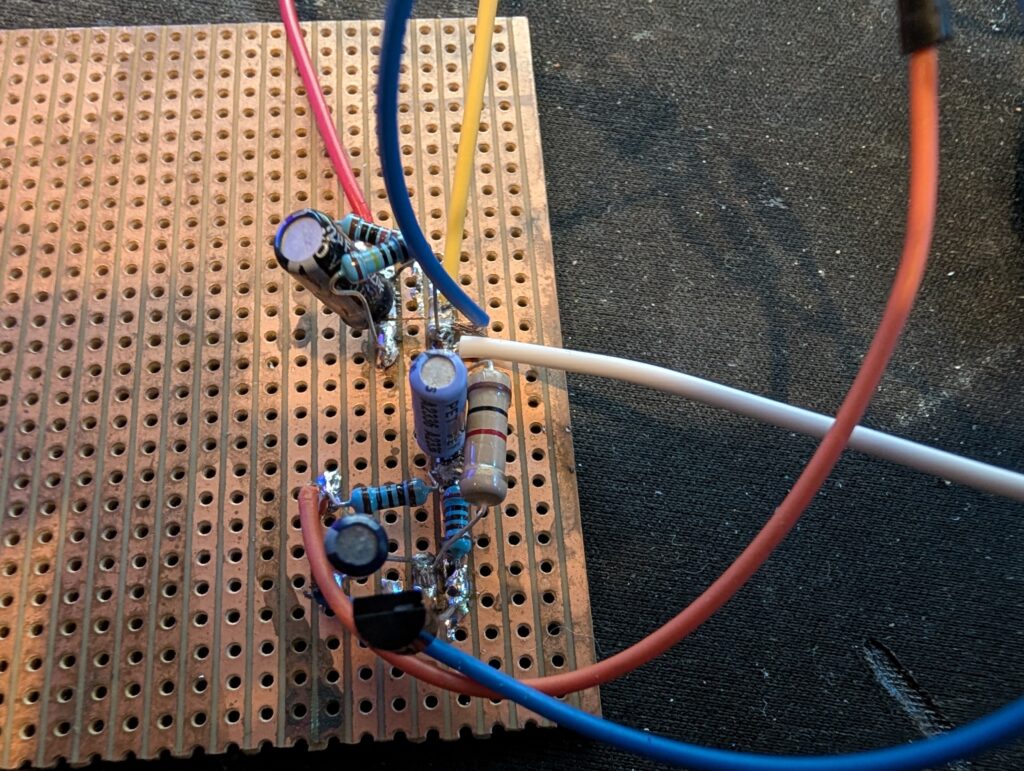

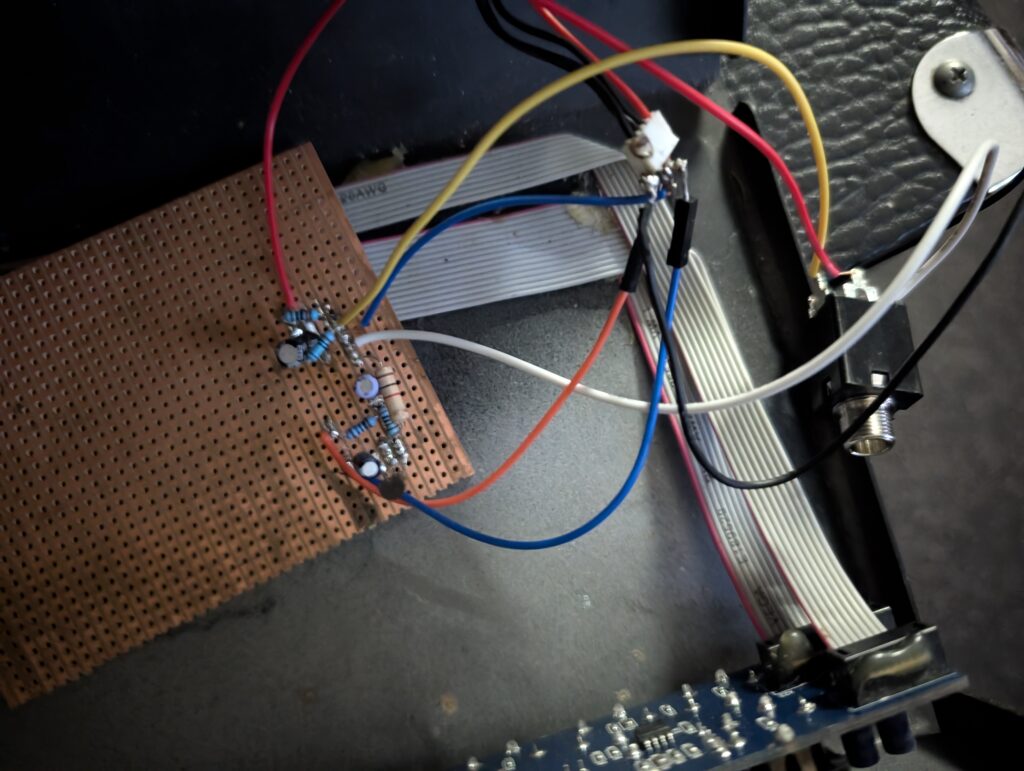
Nothing pretty, but enough for a proof of concept. You can see the jack plug and original Behringer 4 lead plug that goes from the board into the front panel connector in the photograph above. Once connected up I plugged in and the amp worked nicely. A couple of capacitors and 1 resistor are not the correct specification which muddied the sound a little, but it was what I had at hand during the prototyping. Next it was time to get the replacement board built professionally.
EasyEDA is a schematic and board prototype software package produced by JLC PCB China. A company that produces small run PCB and components from your drawings. They also provide a build up service for people with fat fingers and even fatter soldering irons…like me.

Having drawn the PCD schematic in EasyEDA and assigned components correctly, you then ask the software to create the board layout for you:
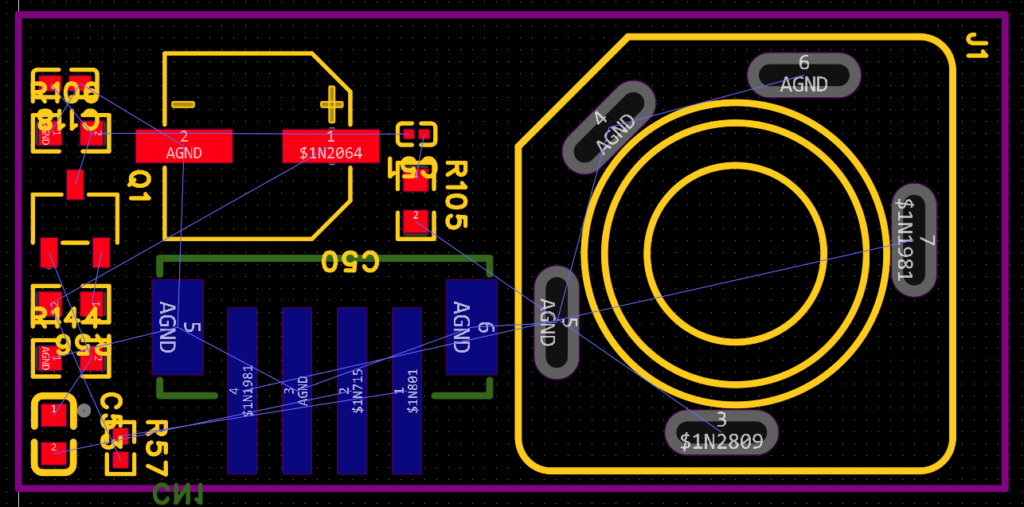
Once that is done, the system can create a Gerber and BOM (bill of materials) file, alongside any pick and place files needed for building the board. These can automatically be uploaded to the JLC website, checked, and built for you.
I opted to purchase 5 board blank (minimum quantity), and have 2 of these built up into full boards with components soldered on. My skills and equipment are not up to soldering tiny 0603 SMD resistors onto boards no matter how much magnification and time I have.
6 days after ordering the boards they were delivered by UPS from China. The shipping cost about 50% of the board price but the result was perfect. The boards arrive in their 75mm x 75mm built state and once the edges are snapped off the board was perfect for fitting inside the cabinet.




As you’ll see from the pictures above the 4 pin connector wasn’t added to the board. I had some at home already and it wasn’t easy to identify what Behringer had used for their socket; The wires appeared to be on a socket, but were glued to the board also and wouldn’t come off without destroying the socket. So I went for the solder pads onto which a socket would be fitted thinking that I can solder wires onto these pads instead. The Gerber file for this project along with Bill Of Materials (BOM) and the Pick N Place file:




Post Comment